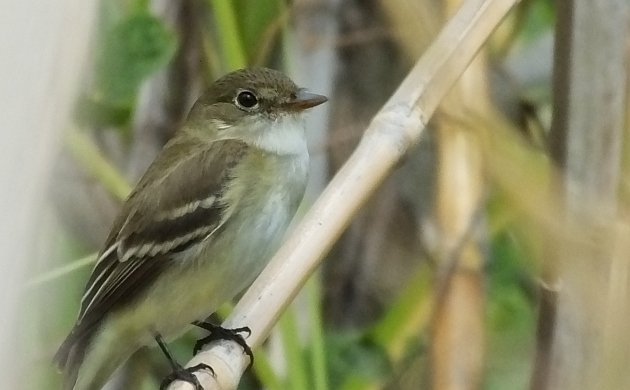
Bird migration! In October, it’s what’s happening in Costa Rica. Our big month of bird movements in Costa Rica, the 10th month of the year, is when most of the swallows, Scarlet Tanagers, thrushes, and other species on the South American express push through. Some stop right in front of our place in the urbanized intermontane valley where the majority of Costa Ricans reside. The bulk of birds, though, move along the coast and through the northern lowlands. This is where a birder can see flock after flock of Eastern Kingbirds flying south, some occasionally alighting in trees to gobble up small fruits (they apparently go “waxwing” when moving south of their breeding grounds). Swarms of swallows zip past and a crazy train of Chimney Swifts can stretch from horizon to horizon. Raptors can do the same, forming huge moving flocks of birds up above as dozens of pewees call from much closer to the ground.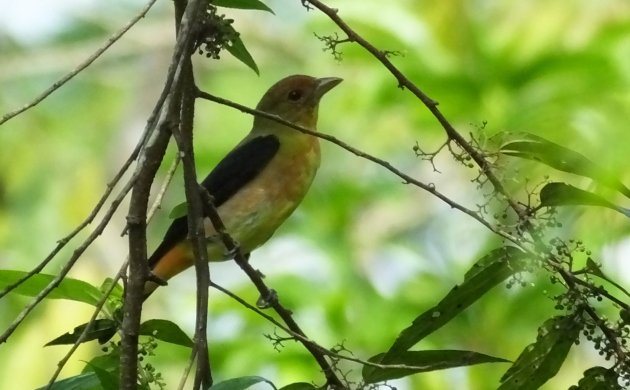
What Scarlet Tanagers look like in October Costa Rica.
With all of that bird movement going on, one can’t help but wonder where and how often they stop. What do they eat? How do they compete with resident species? The first concern is the most important, the vital knowledge, because we can’t protect and preserve populations of migratory bird species if we don’t know where they stop to rest and refuel. Do some places in Costa Rica concentrate migrant birds on account of geography? Do they just search for the most intact habitat? Although point counts as part of long-term monitoring as well as eBird coverage provide valuable data to bring us closer to the best answers of those questions, even better information comes from knowing exactly where certain birds are going and where they are stopping. For those key numbers, we need transmitters on individual birds along with stations to track them and now, thanks to efforts by the folks at SELVA and the Cerulean Warbler Project, Costa Rica has its first bird tracking station!
This new MOTUS station was placed in the Las Brisas Reserve in the foothill zone of the Caribbean slope because this excellent site seems to act as a key stopover point during migration and is also situated where birds can possibly be tracked as they migrate over the adjacent Caribbean lowlands. Part of a series of coordinated radio telemetry arrays, this station is found between other MOTUS stations in Nicaragua and Panama that automatically log data from radio transmitters attached to Alder Flycatchers, Cerulean Warblers, and other species. As these and other birds tagged with radio transmitters fly near the Brisas Reserve in Costa Rica, they will likewise be automatically detected and logged, thus providing a better picture of migrant behavior in Costa Rica. Given a recent analysis that showed huge declines in many migrant bird species of North America, establishing MOTUS stations in Costa Rica (and elsewhere) becomes even more important for conservation of a particularly beloved, feathered aspect of our decreasing global natural heritage.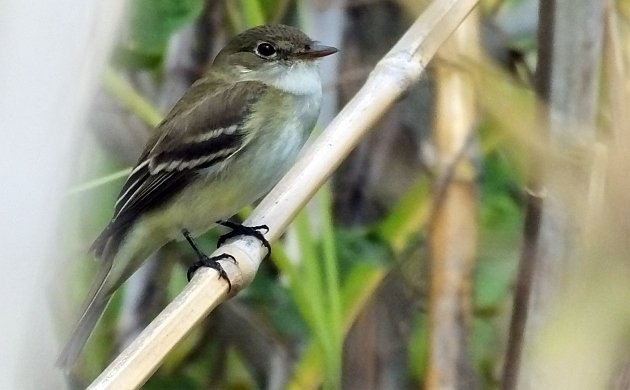





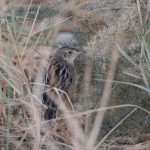
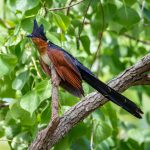
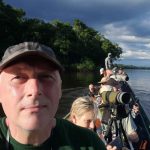
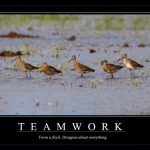
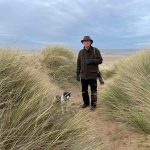
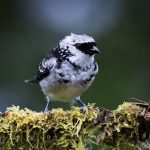
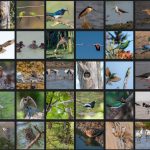
Leave a Comment